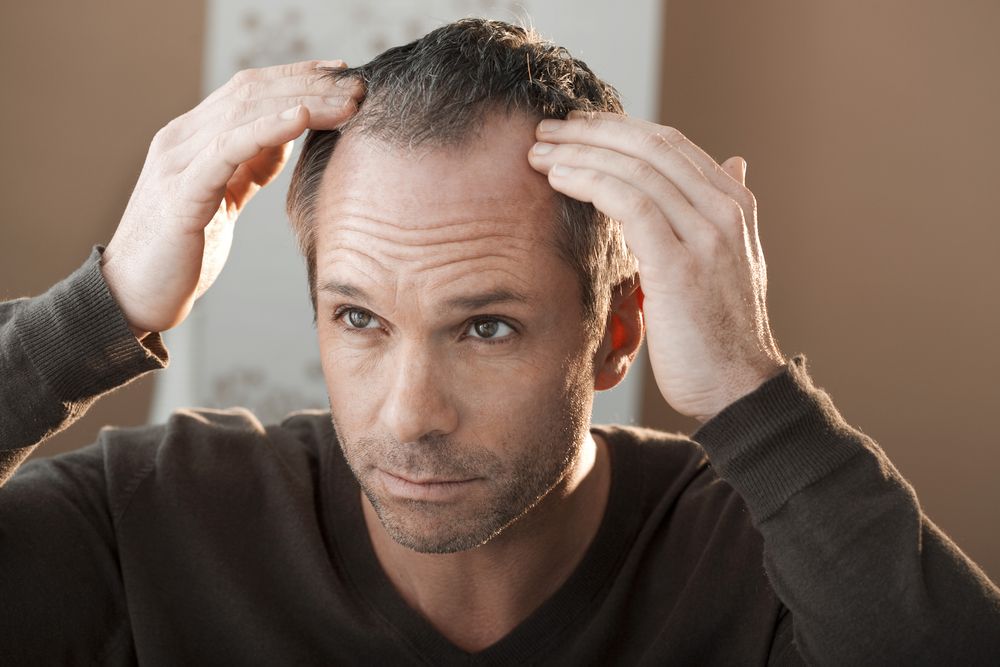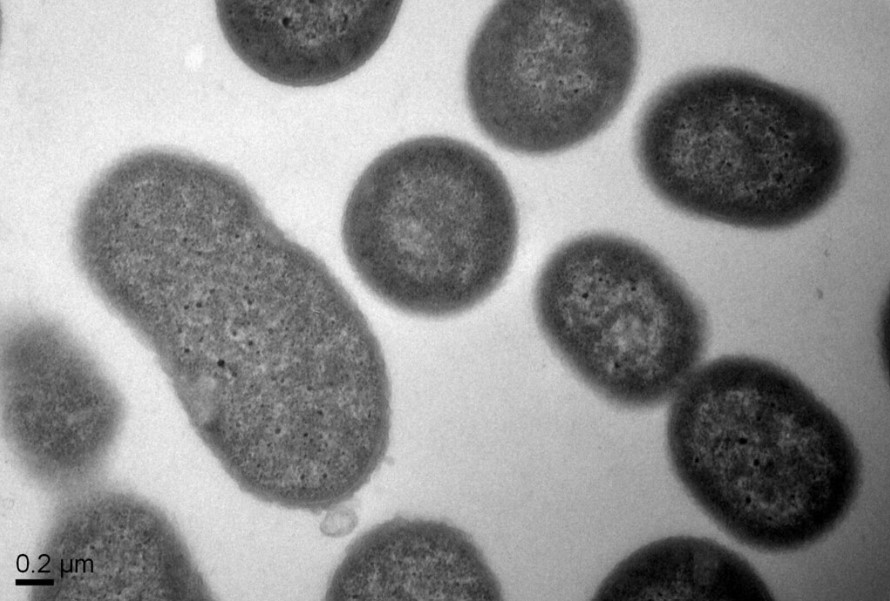How did Elon Musk grow his hair back? 6 Options
If you are currently reading this article, you’ve probably noticed that Elon’s hair has changed quite a lot and looks

Alopecia is the medical term for acute hair loss and baldness. Despite alopecia being a very common disease among individuals worldwide, the technical term is not well-known and can provide images of a life-threatening illness. The truth is alopecia is just another name for hair loss and balding. It can be caused by a variety of physical and psychological factors and is found in both adults and children. Although more common in men, this condition is also experienced by women.
While many individuals will view hair loss and baldness as a singular ailment, there are in fact several forms of hair loss. The most common type among women is traction alopecia. This form of hair loss and baldness is caused by a pulling of the scalp, which leads to a weakening of the hair root and follicle. This is more evident in women as women are more likely to undergo damaging hair treatments with the aim of attaining the latest hairstyle trend. Baldness among women is not necessarily caused by scalp damage, but may have a genetic element.
A second form of this ailment is alopecia areata, which refers to a patchy loss of hair. This is generally prevalent among older males and the hair loss is visible on both the head and body. Alopecia areata monolocularis means that the balding is visible in only one area; whereas alopecia totalis refers to hair loss in various areas. The monolocularis type can often progress to the experience of alopecia totalis.
A third type of hair loss is known as alopecia universalis. This refers to a severe form of patchy balding and may result in the individual experiencing permanent hair loss on both the head and body. This will include eyebrows, eyelashes and pubic hair.
As you might imagine, for anyone experiencing alopecia, it is a distressing situation. Sticking out in society attracts gawkers, often who are negative, and make ignorant commentaries. There are many other people all over the world experiencing the same thing, and it doesn’t necessarily mean that you have to deal with it for the rest of your life.
For a normal adult, hair is shed regularly at a rate of 20 to 100 strands per day. This should not cause any concern since a healthy body can grow back the lost hair. In a person with excessive hair loss, hair does not grow back as quickly as they are being shed. Thus, hair thinning and bald spots can be observed.
Alopecia is attributed to various causes. One or a combination of which may be a factor in extreme hair loss.
It is best to start out your journey by understanding what is alopecia and why you are losing your hair.
The leading reason for hair loss is simple genetics. In other words, genetics is to blame for men just barely out of their teens losing the hair from their scalp. The reason they lose their hair is now more deeply understood, which means more effective treatments are being devised.
It turns out the hair follicles are reactive to overproduction of testosterone rubbing against them. It causes shrinkage of the follicle, which forces the hair to fall out. Stop the body’s overproduction prevents hair loss.
Your genes play a huge role when it comes to hair thinning. If your father and grandfathers have had bald spots, the likelihood of experiencing the same thing is higher. While we can’t do anything about genes, there are different ways that you can do to help fight this condition and treat this as well (more on this later).
Hormonal fluctuations may lead to body irregularities, which include abnormal weight and metabolism. Damaged cells do not get replaced as quickly as in a healthy person. To determine if hormonal imbalance occurs, a doctor may request for tests to be done. He or she will then prescribe hormonal replacements to replenish hormones in the body.
A medical condition may lead to another since every organ in the body somehow affects the rest of the organs. Sometimes, it is not directly the medical condition that causes the hair loss, but the medications used to treat the condition.
Some medications to treat arthritis, cancer depression, high blood pressure, heart problems, and for birth control may cause hair loss too. Even an overabundance of Vitamin A intake can cause hair loss too.
For example, in cancer patients, chemotherapy medications kill not just attack the rapidly growing cancer cells in the body, but also other normal rapidly growing cells. These include the patient’s hair follicles.
Microorganisms can cause a number of skin conditions and can affect the rate of hair growth. Also, these affect the health of the hair follicles leading to brittle hair strands. The infection has to be addressed first prior to treating hair loss. Some over-the-counter anti-fungal solutions may be used to get rid of the microorganisms on the scalp.
Even infections, like ringworm, can lead to dry patches and temporary hair loss. Permanent hair loss may occur from lupus, sarcoidosis, and lichen planus.
The most common cause of hair loss among females is continual hair pulling or scalp rubbing. This is generally seen among female adults who choose to engage in continuous dying of the hair and persistent hair styling. The common cause of hair loss among females and males (children and adult) is an emotional trauma or stress. The amount of stress experienced will determine the amount of hair loss and whether or not the hair loss is permanent.
The most well known is the androgenetic form or genetic hair loss. This is most frequently seen among males from the age of 50 upwards and can be described as male pattern baldness. The hormones within the body will begin to alter and this can cause progressive hair loss if there is an insufficient level of testosterone or androsterone. Research has indicated that Caucasian men are more likely to develop progressive balding than any other ethnicity.
It is often thought that hair loss and baldness is irreversible and untreatable; however, this is not true. Many cases of hair loss have been treated using pharmaceutical medication such as topical minoxidil (5% for men, 2% for women) and oral finasteride (propecia) only for men.
As soon as the signs of alopecia are noticed, it is necessary to consult a medical professional in order to immediately address the condition and defining alopecia. Alopecia isn’t something that you should be ashamed of – it is a problem that has a solution. Take your time in finding which product works for you, or seek a professional’s advice to make sure you’re going the right route. Hair loss is not an all-hope is gone situation. Sometimes it just indicates some issues that need to be addressed. As a result, hair may grow back.
If you are currently reading this article, you’ve probably noticed that Elon’s hair has changed quite a lot and looks

How Does Swimming Affect Your Body? Individuals swim for a variety of reasons including recreation, competition, and health. Regardless of

Lifestyle Tips For Better Overall Health The way you go about your daily life has a massive and direct impact

How Do Infections Work and What Are Their Effects on the Body? From Hippocrates’s writings about the spread of disease

How To Make a Good Impression in a Job Interview When it comes to getting a job, interviewing may seem